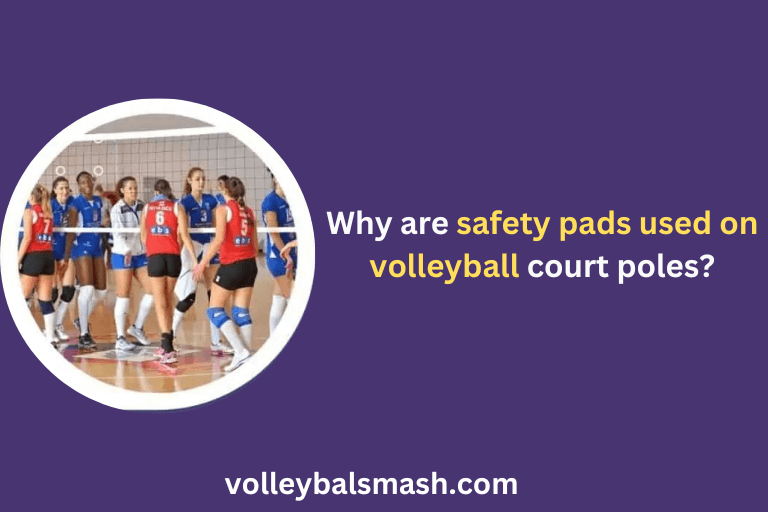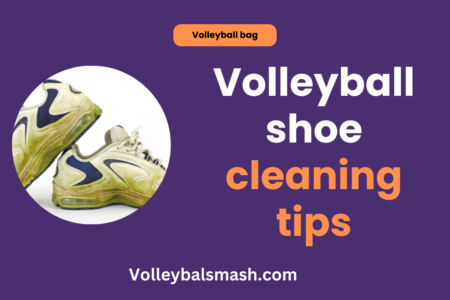Have you ever wondered why beach volleyball courts have varying dimensions? The size of a beach volleyball court can affect the speed and flow of the game, as well as the strategies used by players. In this blog post, we will explore the reasons behind the differing dimensions of beach volleyball courts and how they can impact the game.
Key Takeaways:
- Regulation guidelines: The dimensions of beach volleyball courts are different than indoor courts due to regulations set by governing bodies such as the FIVB (Fédération Internationale de Volleyball).
- Environmental factors: Beach volleyball courts are typically larger to accommodate for the natural elements such as wind and sand. The larger court size allows for more room to maneuver and adjust to varying playing conditions.
- Strategy and gameplay: The different dimensions of beach volleyball courts create a unique playing experience, influencing player strategies, positioning, and overall gameplay. Players must adapt to the larger court size and utilize different tactics compared to indoor volleyball.

The Generic Structure of a Volleyball Court
Some of you may be wondering why beach volleyball courts have different dimensions than indoor volleyball courts. The answer lies in the unique characteristics and demands of each playing surface. Let’s explore the specific dimensions of each type of volleyball court to understand the reasons behind their differences.
Indoor Volleyball Court Dimensions
Indoor volleyball courts have specific dimensions that are regulated by the Fédération Internationale de Volleyball (FIVB). The standard size of an indoor volleyball court is 18 meters long and 9 meters wide. The net is placed at the center of the court, dividing it into two equal halves. Additionally, there is a minimum clearance of 7 meters above the court to allow for proper play.
Beach Volleyball Court Dimensions
For beach volleyball, the dimensions of the court are adapted to the natural environment of the beach. A typical beach volleyball court is 16 meters long and 8 meters wide, making it slightly smaller than an indoor court. The smaller court size allows for quick movements on the sand, contributing to the fast-paced and dynamic nature of beach volleyball. The net is also set lower than in indoor volleyball, at a height of 2.43 meters for men and 2.24 meters for women, to account for the softer footing and the nature of play in the sand. Understanding the differences in dimensions between indoor and beach volleyball courts is essential for players and enthusiasts alike. The unique characteristics of each type of court, such as the size and surface, have a significant impact on the style of play and the skills required. By being aware of these distinctions, you can fully appreciate the intricacies of each game and better understand the reasons behind their different dimensions.
The Reason Behind Different Dimensions
Lastly, let’s take a look at why beach volleyball courts have different dimensions. The primary reason behind varying court sizes is to accommodate different levels of play and to adapt to different environmental conditions. The dimensions of a beach volleyball court are determined by factors such as the level of play, the space available, and any specific requirements set by the governing bodies for the sport.
Effects of Sand on Gameplay
The sand on a beach volleyball court has a significant impact on the overall gameplay. The type and density of the sand can affect the player’s movement, speed, and overall performance. Softer and deeper sand can slow down the game, making it more physically demanding, while compact and firmer sand can increase the speed of play. The condition of the sand also influences the strategies and tactics utilized by the players. It’s essential to adapt to the varying conditions of the sand to excel in beach volleyball.
The Role of FIVB in Determining Court Sizes
The Fédération Internationale de Volleyball (FIVB) plays a crucial role in determining the official beach volleyball court sizes. The FIVB is responsible for establishing the guidelines and regulations that govern the sport at an international level. These regulations include the standard dimensions of beach volleyball courts to ensure consistency and fairness in competitions. The FIVB also takes into account feedback from players and coaches to continuously review and adjust the rules to enhance and evolve the sport of beach volleyball.
Comparing Beach and Indoor Volleyball
Your understanding of beach volleyball and indoor volleyball will be greatly enhanced by comparing the two. If you want to dive deeper into this topic, you can check out this Beach Volleyball vs Indoor Volleyball: Rules and Regulations source.
| Beach Volleyball | Indoor Volleyball |
| Played on sand | Played on an indoor court |
| Two players per team | Six players per team |
| No substitutions allowed | Unlimited substitutions allowed |
| No coaches during matches | Coaches can communicate with players during matches |
Similarities and Differences in Gameplay
Both beach volleyball and indoor volleyball share the same objective of sending the ball over the net and onto the opponent’s court in order to score points. However, beach volleyball tends to focus more on ball control and finesse, as the sand surface requires players to adjust their playing style. Indoor volleyball, on the other hand, allows for more powerful and dynamic plays due to the hard court surface and the presence of six players on each team.
Influence of Court Size on Strategy
The dimensions of the beach volleyball court directly impact the strategy and tactics employed by players. The smaller court size in beach volleyball places a premium on accuracy and ball placement, as there is less court space to cover. This results in a more intense and fast-paced style of play, with players constantly on the move. The larger court size in indoor volleyball allows for a wider range of offensive and defensive strategies, with players able to cover more ground and execute more complex plays.
Conclusion
Now that you understand the various factors that influence the dimensions of beach volleyball courts, you can appreciate the thought and care that goes into creating a space that is both challenging and fair for all players. From accommodating different skill levels and maximizing safety to adapting to environmental conditions, there are numerous reasons why beach volleyball courts may vary in size. Whether you are a player, a fan, or simply curious about the sport, knowing the reasons behind these dimensions adds another layer of depth to your understanding of the game.
FAQ
Why do beach volleyball courts have different dimensions?
Beach volleyball courts have different dimensions to accommodate different levels of play and tournament regulations. The International Volleyball Federation (FIVB) regulates court dimensions for international competition, while other organizations and leagues may have their own specifications. These variations ensure that players of all skill levels have the appropriate court size for their games.
What are the standard dimensions for a beach volleyball court?
The standard dimensions for a beach volleyball court, as regulated by the FIVB, are 16 meters in length and 8 meters in width, with a clearance space of at least 3 meters on all sides. These dimensions are used for international competitions, and many professional tournaments adhere to these standards. However, other organizations may have slightly different dimensions for recreational and amateur play.
How do different court dimensions impact the game of beach volleyball?
Different court dimensions can impact the game of beach volleyball in various ways. A larger court allows for more movement and longer rallies, making it suitable for high-level play. On the other hand, a smaller court can increase the intensity and speed of the game, challenging players’ ability to cover the court effectively. By adjusting the dimensions of the court, organizers can tailor the playing experience to match the skill level and competitive goals of the players.










